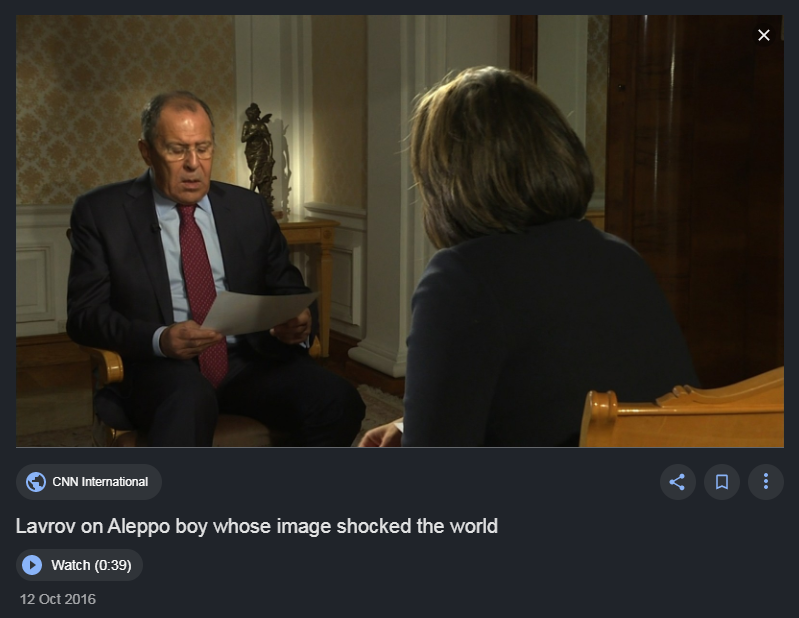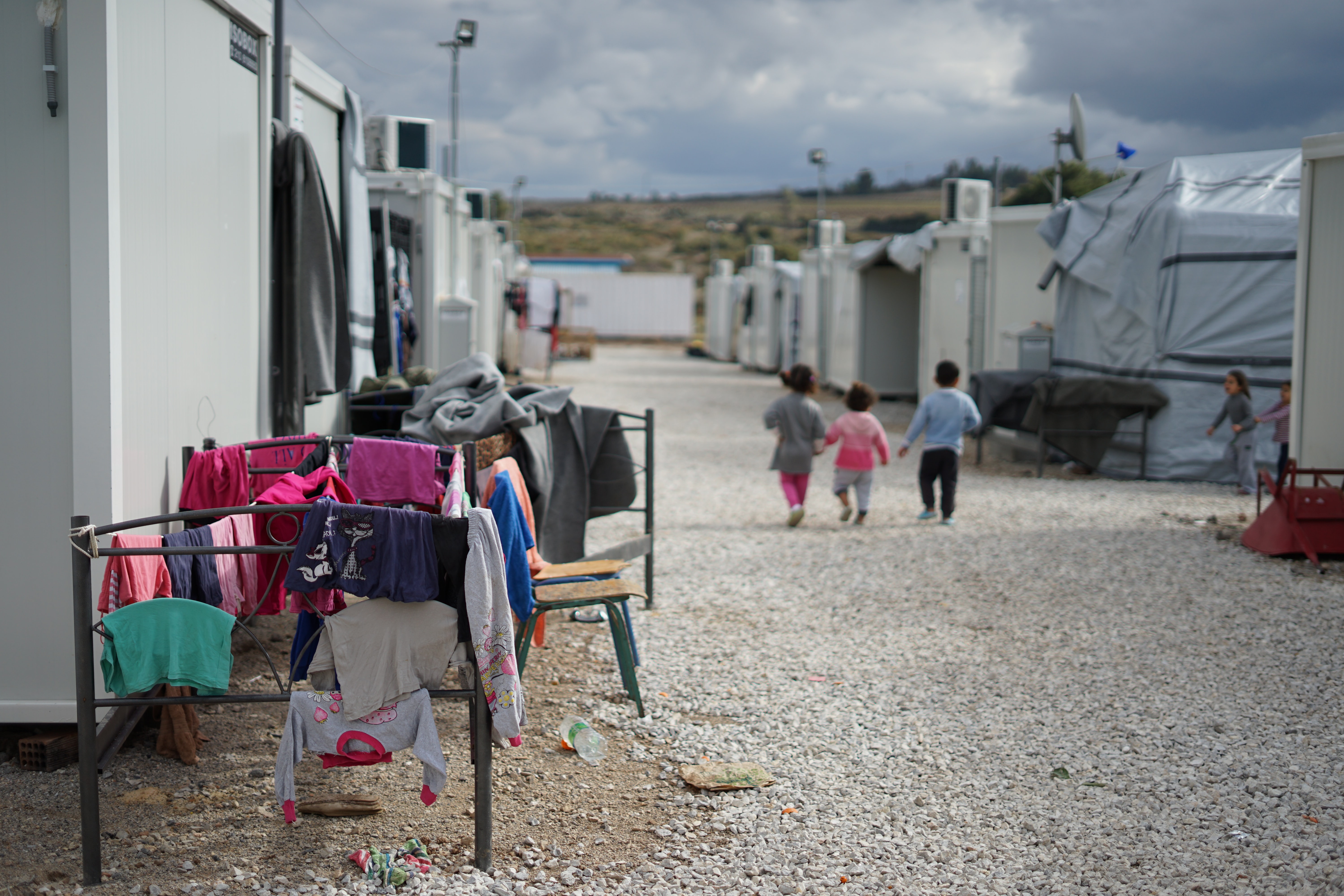
 Delia Dumitrescu of the University of Heidelberg and Erik Bucy of Texas Tech University write about the relationship between people’s ideology and how they react to media representations of others in need, particularly refugees.
Delia Dumitrescu of the University of Heidelberg and Erik Bucy of Texas Tech University write about the relationship between people’s ideology and how they react to media representations of others in need, particularly refugees.
As refugee crises unravel at the borders of Afghanistan and the southern US border, we can’t help but ask ourselves: who among the American and European public will root for these people in need, and what may push them to do it? Since most of us are experiencing these crises from the comfort of our homes, the answer to these questions lies inescapably in the media images – as much in the information we’re exposed to, as in our perception of it. While helping others in need may be a complex decision, our recent three-country, experimental-based study finds that ideology strongly conditions how we react to visual representations of people in need – and does so in a surprising way.
Visual information holds a primordial place in how humans process the world around them. Not only is visual information processed faster than verbal information, but we know that voters, for example, rely on subtle visual appearance cues to decide how competent a politician is, and that visuals can trigger strong emotional reactions. Previous studies either assumed that media visuals of refugees have an effect on viewers, or used a limited set of visuals to test this impact. Our study goes further: it investigates the effects of a multiplicity of refugee representations in different national contexts with a cumulative sample of over 4,500 respondents.
We conducted three similar experiments in Sweden, the US and the UK in which participants saw one of 25 possible images of refugees, before being asked to report their emotional reactions and support for governmental assistance for this group. These images, sampled from the international press coverage of the Syrian conflict in 2015-2016, portrayed obviously vulnerable individuals (in the form of children or visibly distressed adults) or not-so-typically-vulnerable individuals (in the form of able-bodied male adults); the subjects in the pictures were either photographed on their own or as a group. We found that:
- Participants who were on the left of the political spectrum were unaffected by the visual display of victims’ vulnerability: they were not likely to feel in any way more empathetic when seeing children, or facial distress, than when seeing groups of able-bodied adult men.
- Those on the right of the political spectrum, however, were significantly more likely to feel more strongly empathetic towards refugees when shown children, whether visibly distressed or not.
- Moreover, this enhanced empathic reaction also translated indirectly into more right-wing willingness to support state aid for refugees in all three countries.
As we discuss at length in the paper, these results are in line with the moral underpinnings of conservative and liberal decision-making (developed by Haidt and colleagues). Liberals (or left-leaning individuals) are more likely to be driven by concerns of care for those in need, and hence to be relatively oblivious to the characteristics of the recipients. Conservatives on the other hand place lesser emphasis on the moral imperative or care, and more on the importance of protecting purity. In this context, seeing innocent vulnerable victims such as children can induce more empathy among conservatives for the plight of the refugee group than seeing victims who are apparently neither vulnerable nor innocent (such as male adults).
Why do these results matter?
First, because the scale of the study allows us to get an unprecedented finer understanding of when visuals of refugees (whether on the media, or by extrapolation, when embedded in activist campaigns) can change public reactions. Simply put, these results suggest that any visual representation campaign will change public views and support for refugees only among those on the right of the political spectrum, and only if images centre on vulnerable children.
Second, our results fail to replicate what has been called the identified victim effect in two out of three countries. Simply put, participants with right-wing political sensibilities are as sensitive to images of children in groups as they are to images of individual children. These results raise questions as to the boundaries of the identified victim effect, and point to more research being need as to when groups of children are perceived as units.
Third, while the ideological divide is replicated across the board, several cross-national differences emerge. Compared to other types of refugee portrayals, US and UK right-wing participants react in a noticeably cooler way when shown images of groups of male refugees. This is not what we observe among Swedish right-wing participants, who have as much empathy for groups of adult males as they have for groups of children, but who react particularly strongly to visuals of individual children refugees. These differences point to the urgency of further study into how cultural differences affect empathy.
More details about our results can be found here:
Dumitrescu, D. & Bucy E.P. (2021) Visual Portrayals of People in Need: The Impact of Refugee Depictions, Compassion, and Support for Humanitarian Aid, International Journal of Public Opinion Research, doi/10.1093/ijpor/edab016/6359517
This article gives the views of the author and does not represent the position of the Media@LSE blog, nor of the London School of Economics and Political Science.
Featured image: Photo by Maria Teneva on Unsplash





